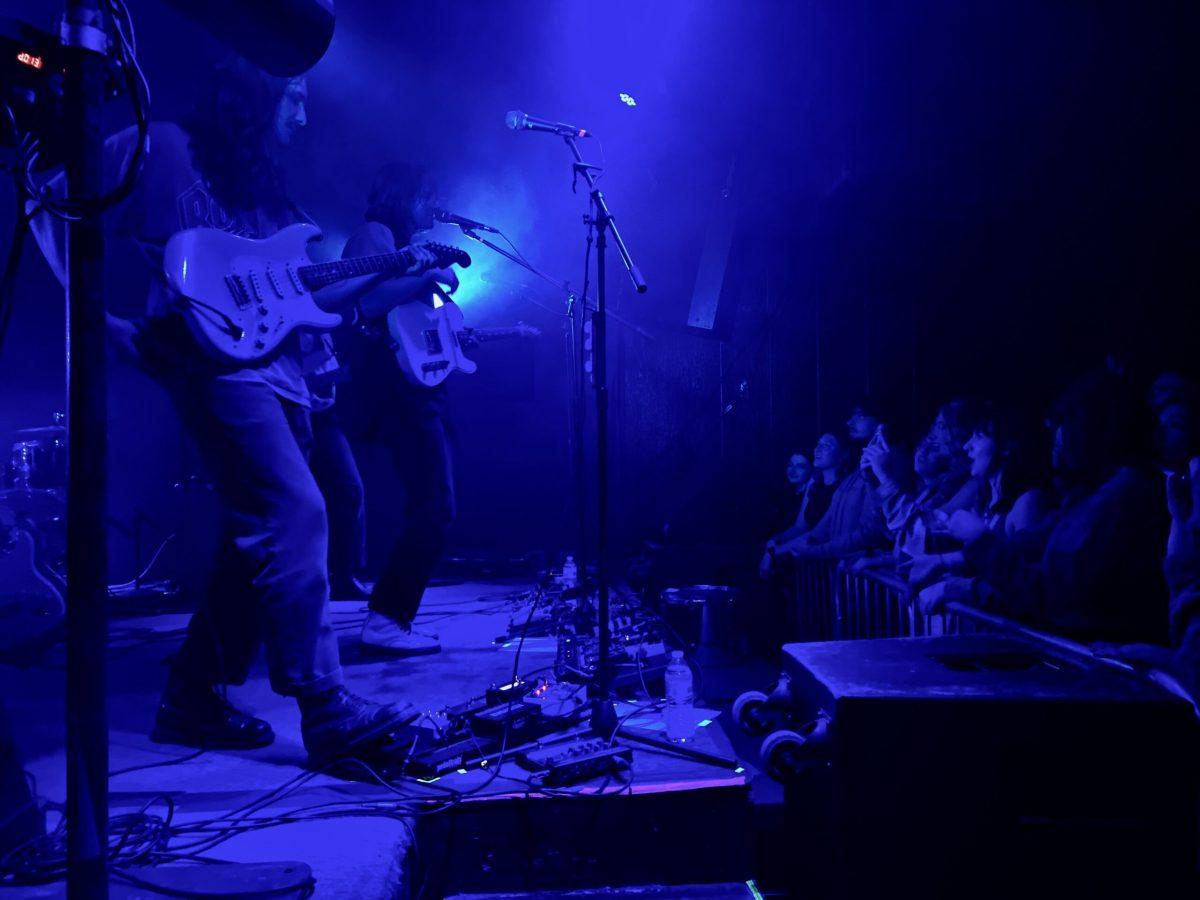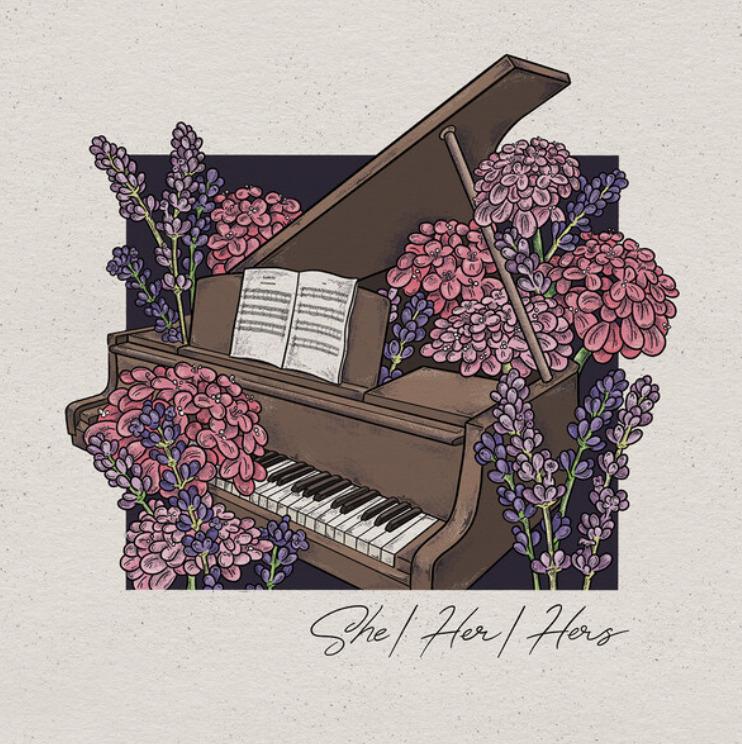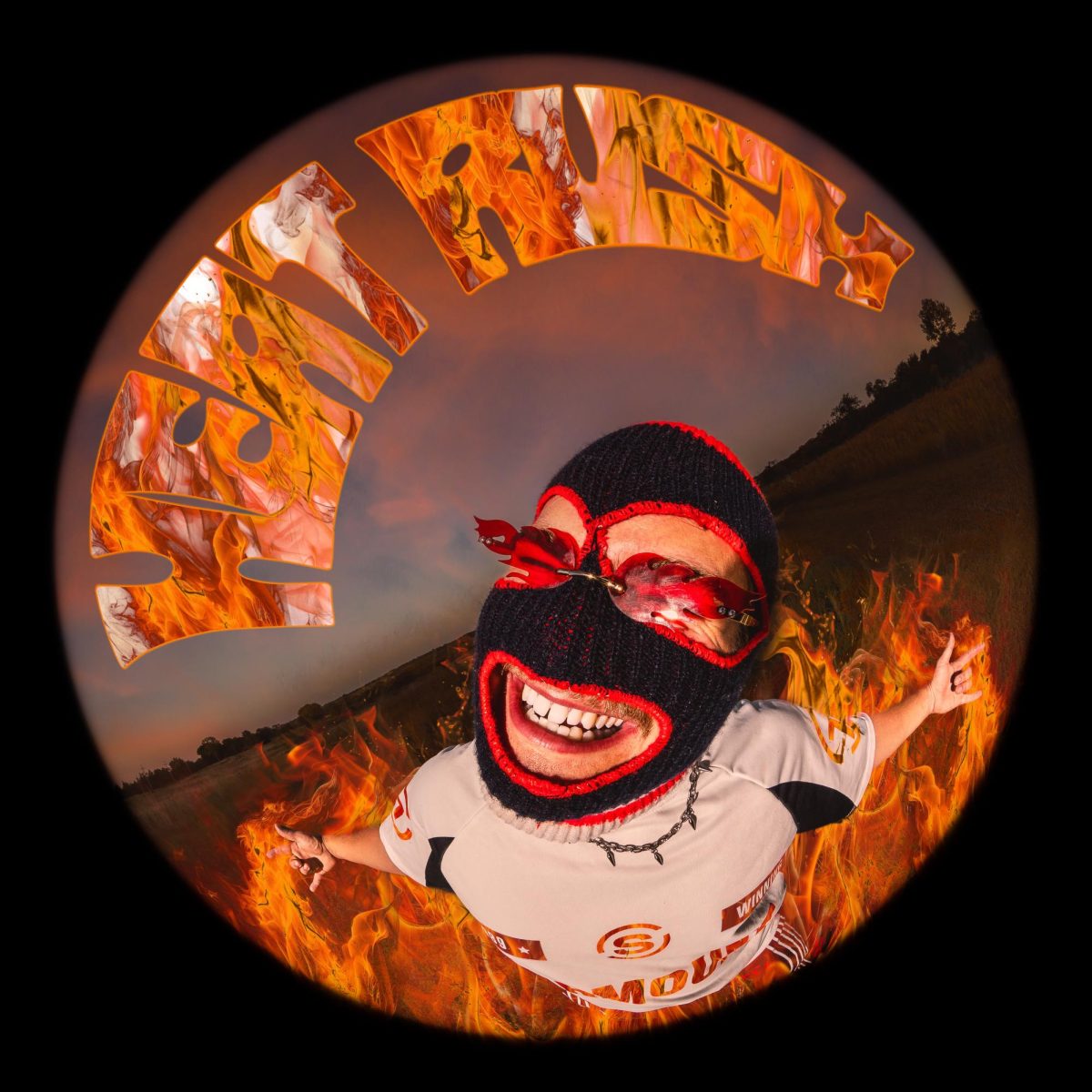In the past few years, platforms like TikTok and Instagram have reignited a cultural revival of fashion and music from the late 2000s and early 2010s, recently renamed “indie sleaze”. From fur hats and thigh-high stockings, to Snow Strippers and Brat summer, it’s clear that this aesthetic is having a major comeback and may even evolve into a true subculture.
However, as much as the term “indie sleaze” is thrown around, it is important to recognize that it lacks the defining ideology that would traditionally categorize it as a subculture. The original indie sleaze movement and its predecessor, the hipster movement of the 2000s, was about distinct markers of style, music and attitude, rather than a cohesive set of beliefs. There were no clear guiding principles or philosophies — just a shared aesthetic.
One of the most recognizable symbols of indie sleaze is Kate Moss, a poster girl for the movement. Her messy makeup and unique sense of fashion made her an idealized figure for this aesthetic. The core elements of indie sleaze; drug-use, sex-appeal, experimental fashion and spontaneous flash photography can be traced back to the early 2000s and is often referenced on today’s social media. These elements continue to resonate in these online spaces, where Moss’s image is frequently idealized.
While these markers help shape the aesthetic, the early “hipster” ethos was rooted in standing out by rejecting mainstream culture, sporting ironic accessories like oversized glasses, and boycotting monopolistic corporations such as Starbucks. But in the age of social media, the idea of being “different” has evolved. Today, millions of people are posting their own takes on “individualistic” fashion and style, often competing for attention with curated, polished, and highly visible content. It’s harder than ever to feel unique when everyone seems to be doing the same thing, and often doing it better. The niche music and fashion that once felt subversive is now instantly accessible, further complicating the notion of rebellion and individuality.
The resurgence of indie sleaze in the present moment is linked to economic factors as well as the digital age. The original rise of indie sleaze coincided with the 2008 recession, fast forward to today and we are still dealing with the economic aftermath of the 2020 pandemic-induced recession. The desire to break free from societal pressures, to live for the moment and embrace hedonistic pleasures, reflects the same feelings of uncertainty that drove the original movement.
In times like these, people turn to music, fashion, and culture as an escape. They seek joy in the midst of uncertainty. For this aesthetic it manifests in the melancholic, electrifying sounds of indie rock and dance music, as well as the bold and sometimes absurd fashion choices that have always defined the indie sleaze movement.
Some of the most iconic albums from the indie sleaze movement include MGMT’s Oracular Spectacular, She Wants Revenge’s self-titled album, Crystal Castles’ debut, 3OH!3’s Want, Yeah Yeah Yeahs’ It’s Blitz, Justice’s self-titled album, LCD Soundsystem’s Sound of Silver, and Arctic Monkeys’ Favourite Worst Nightmare — all released between 2007 and 2008. If the timeline was broadened a bit to 2007-2010, this list would go on for days. While there are countless other influential albums from the indie sleaze era, these releases capture the core energy of that moment.
Indie Sleaze is being exemplified now with the revival of these albums, and new artists coming out with music that shows people’s need for individuality and a good time.
While the indie sleaze revival is heavily influenced by nostalgia, a lot of new artists are capturing that same DIY vibe and rebellious energy. Take The Hellp, for example. Their debut album LL, released in 2024, has gritty production, synth-heavy beats and lyrics that channel the energy of early indie sleaze. Then there’s Snow Strippers, who made waves in 2024 with their breakout track So What If I’m a Freak, mixing an upbeat sound with introspective, rebellious lyrics. Night Killaz, Vol. 1 released in 2023 is not an album to overlook. It’s dreamlike, melancholic and fun making you wonder if Tatiana is even having fun at the parties she’s describing. Another artist to check out is Suzy Sheer, whose 2024 album Euphorphillia blends dreamy female vocals with ethereal synths, giving off serious indie sleaze vibes. Her album covers, shot in flash photography with a hazy purple filter, tie the look and feel of the past to the present. Finally, 2hollis, with songs often going viral on platforms like Tiktok, have an electronic pop sound. The album boy is fun and danceable with the same depressing lyrics encapsulating the true indie-sleaze feeling. As this revival of indie sleaze continues to grow, it’s clear that it represents more than just a nostalgic nod to the past. It reflects a current moment in which young people are once again rebelling against societal norms, and navigating a world where individuality and expression are constantly reshaped by digital culture. In times of economic and social instability, it makes sense that people would turn to music and fashion as a means of escape, a way to feel alive amidst uncertainty. So, whether you’re slipping into your skinny jeans, blasting Crystal Castles on repeat or discovering the latest indie sleaze artists on streaming platforms, one thing is certain: the dance floor is still the best place to forget about the economic, social and political climate that surrounds us. Get ready to party, embrace the chaos, and, just maybe, feel a little different again.





